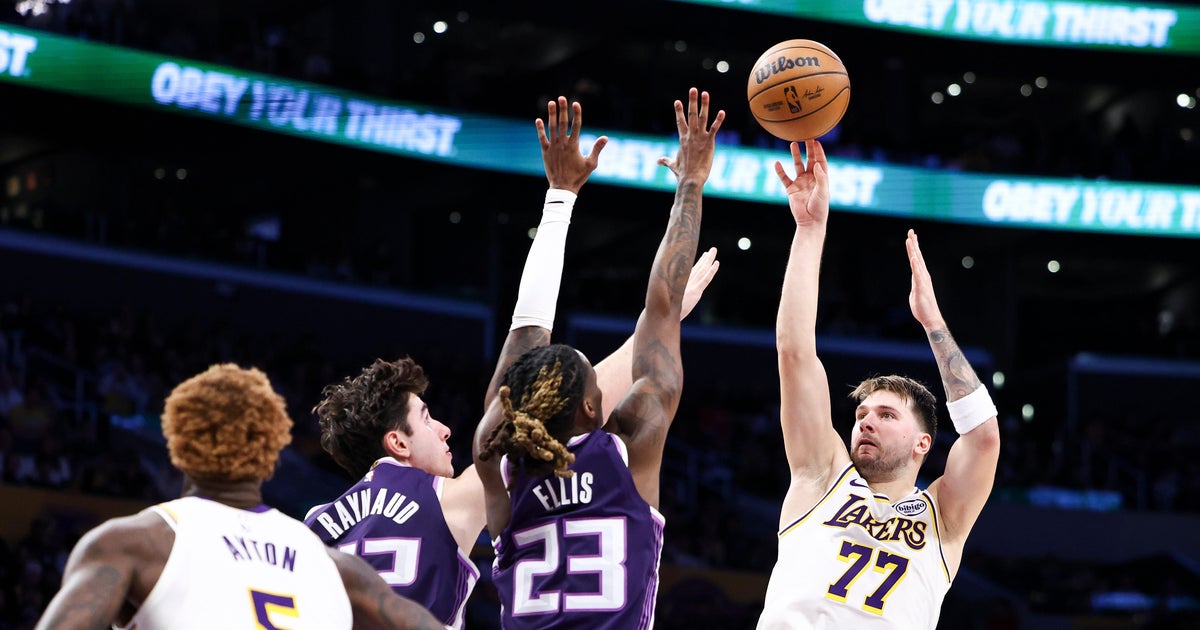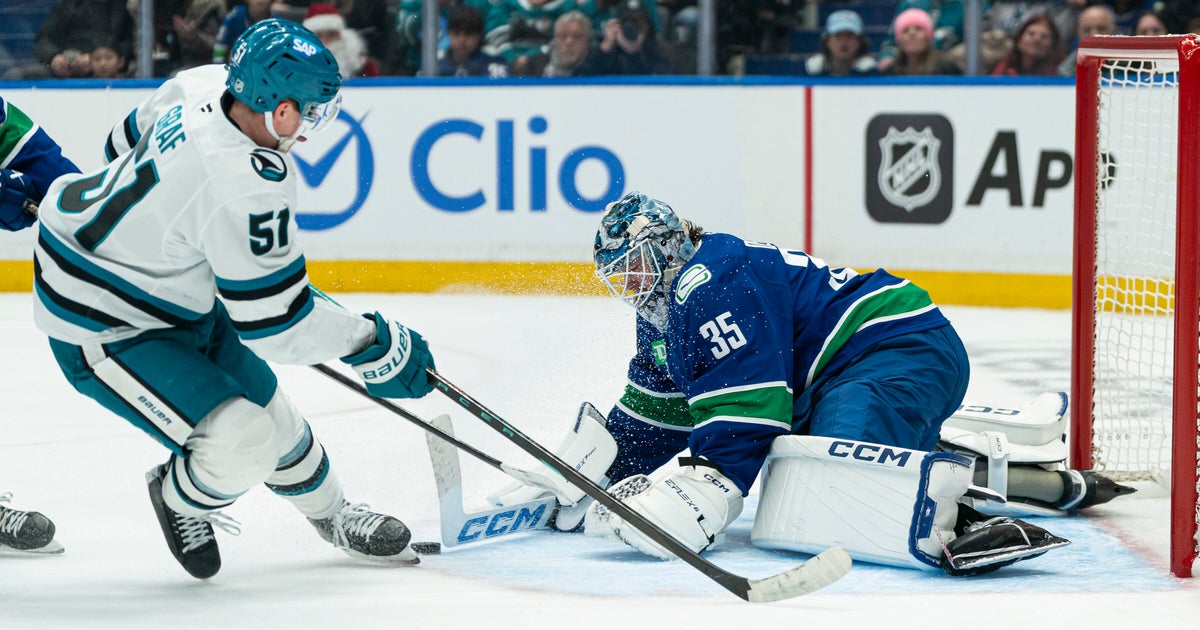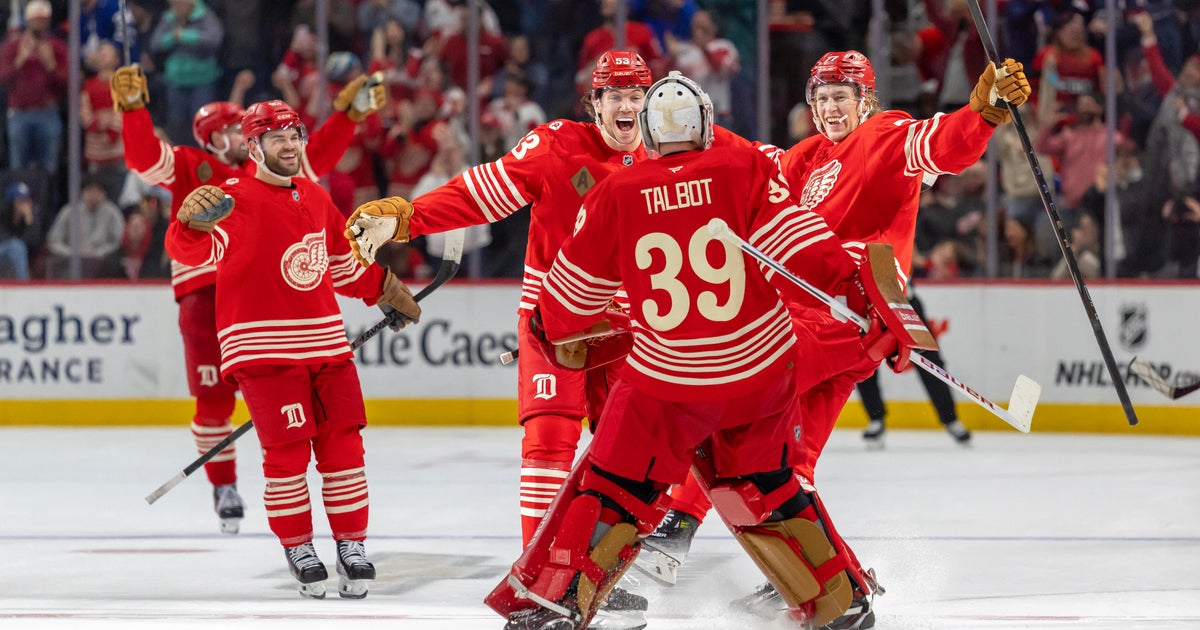Bernstein: MLB Pace-Of-Play Moves Still Treating Symptoms
By Dan Bernstein--
670TheScore.com senior columnist
(670 The Score) Baseball is doing what it thinks it can to shorten the overall length of games, but it still can't do anything about the fundamental issue that most affects the on-field product.
The sport understands that it's getting to a crossroads with an aging fan base, needing to capture the fickle attention spans of a new generation that's consuming the game on its own terms -- which is to say time-shifted, in self-managed digital chunks and less often in person or fully engaged as a viewer for entire four-hour afternoons and evenings. And as this is happening, everyone agrees that baseball is more tedious than ever, particularly when played by the more disciplined teams.
So now MLB will limit visits to the mound, capping them at six per nine innings outside of those made to change pitchers. It's a thought, and so are clocks to make pitchers pitch and teams get back out on the field to start innings.
But it's not really the problem.
Games have stagnated more because of what's happening -- or not happening -- during the periods we already define as "action," rather than interstitial moments of waiting. Pitchers' velocity has gone through the roof, and the average ability of hitters hasn't kept up sufficiently, despite more home runs when contact is actually made. There's less really going on in the game itself, now, as contests are now a matter of some combination of home runs and slow walks back to the dugout.
As writer Joe Sheehan described the new initiatives, "They boil down to this, fans: There will now be slightly less time between strikeouts."
Dan Bernstein is a co-host of 670 The Score's "Bernstein and Goff Show" in afternoon drive. You can follow him on Twitter @dan_bernstein and read more of his columns here.







